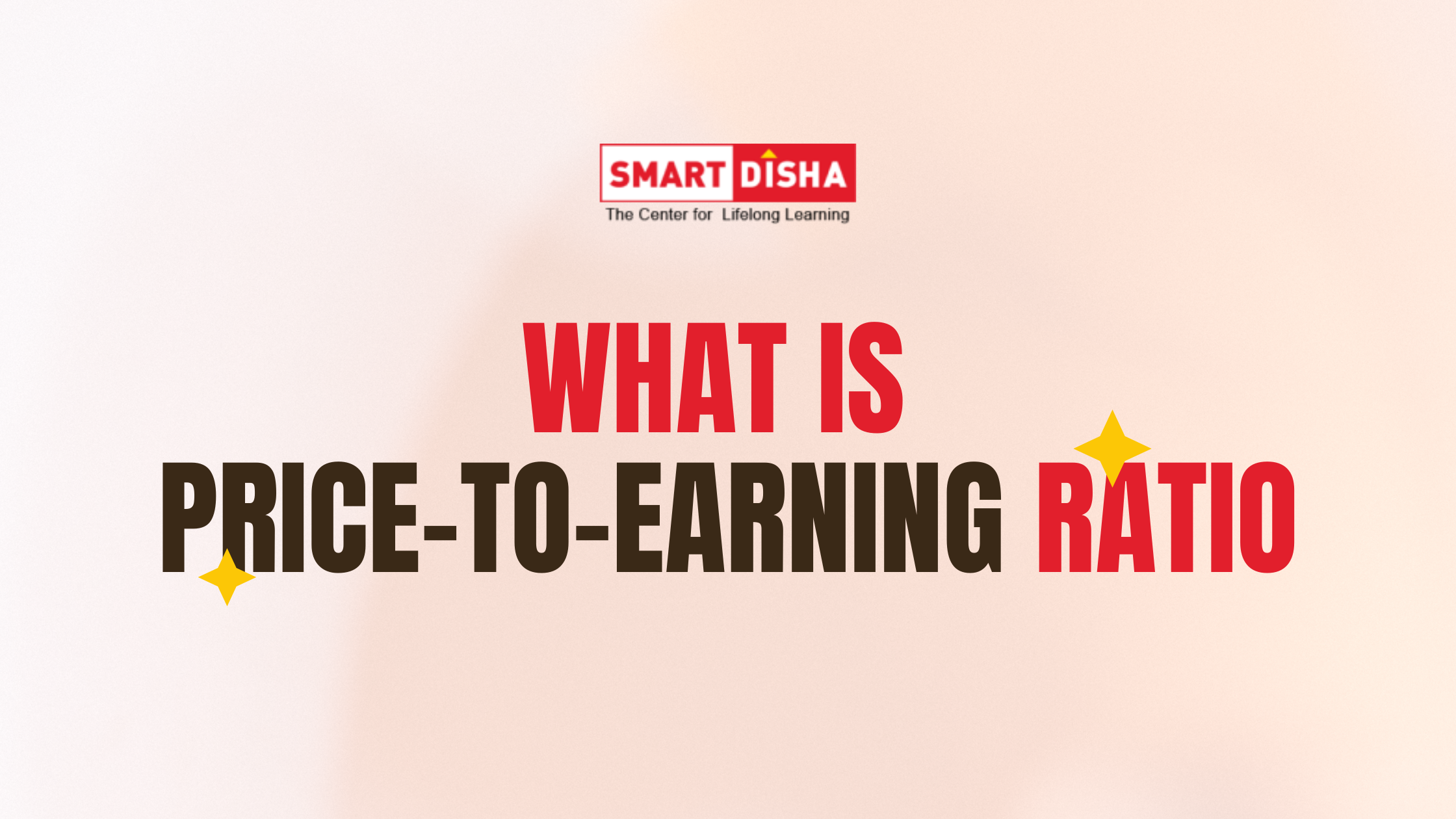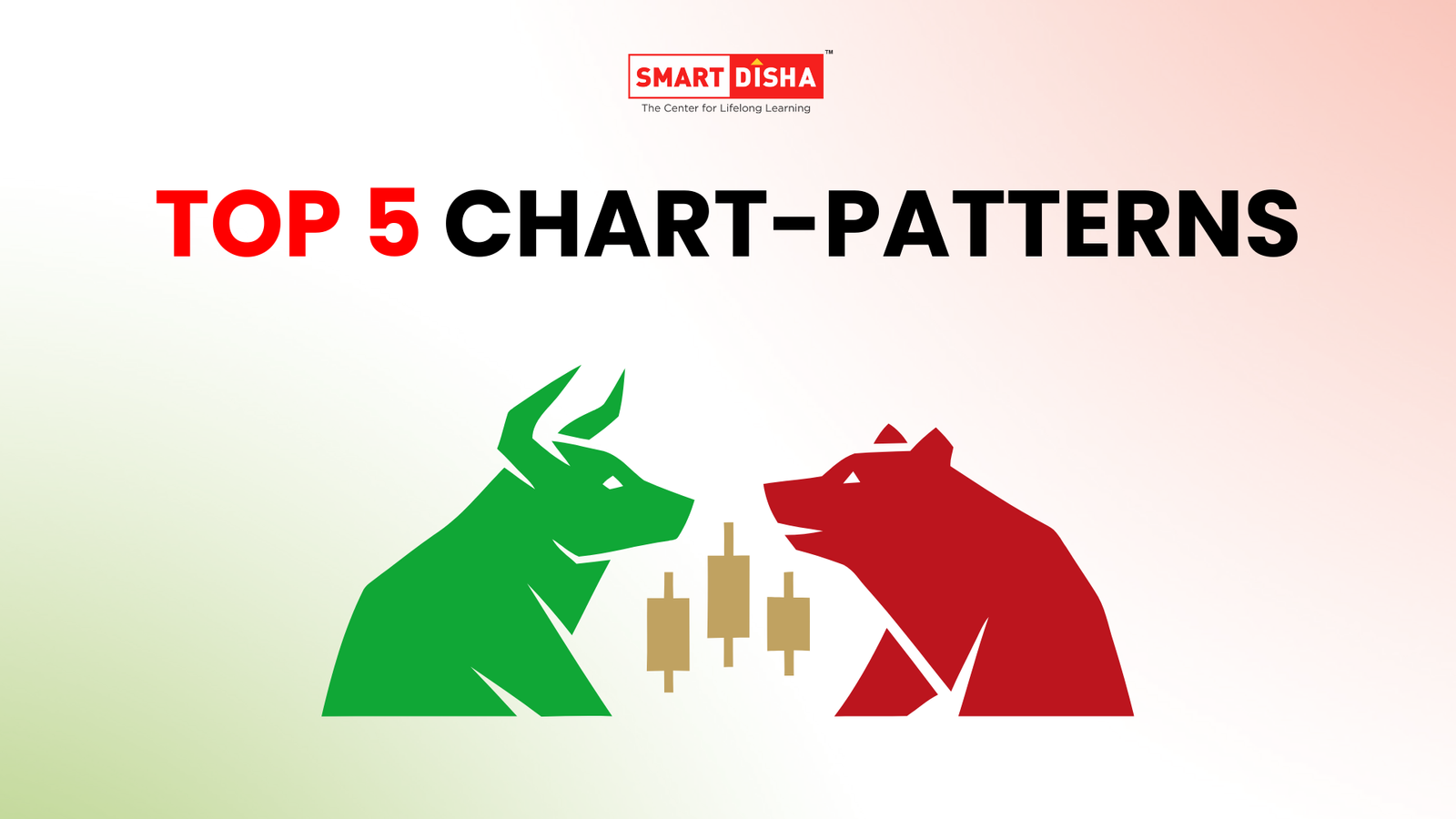Ever Wondered How to Judge if a Stock is a Good Buy? You’re Not Alone!
Investors use a variety of tools to make informed decisions, and today, we’ll dissect a popular one: the Price-to-Earnings Ratio (P/E Ratio).
What is Price-to-Earnings Ratio?
The Price-to-Earnings Ratio (P/E Ratio) is a financial metric used to evaluate the valuation of a company’s stock. It measures the relationship between a company’s current share price and its earnings per share (EPS).
How is the P/E Ratio Calculated?
The formula for the P/E Ratio is:
P/E Ratio = Price per Share / Earnings per Share (EPS)
Components of the P/E Ratio:
- Price per Share: This is the current market price of one share of the company’s stock.
- Earnings per Share (EPS): This represents the company’s net profit divided by the number of outstanding shares.
Understanding the P/E Ratio:
- High P/E Ratio: Indicates that investors are willing to pay a higher price for each rupee of earnings, often due to expectations of future growth.
- Low P/E Ratio: Suggests that the stock may be undervalued or that the company is experiencing difficulties.
Example:
If a company’s stock is priced at ₹100 per share and its EPS is ₹10, the P/E Ratio would be:
P/E Ratio = 100 / 10 = 10
This means investors are willing to pay ₹10 for every ₹1 of the company’s earnings.
Why is the P/E Ratio Important?
The P/E Ratio helps investors assess whether a stock is overvalued, undervalued, or fairly priced compared to its earnings. It’s a useful tool for comparing the valuation of companies within the same industry and making more informed investment decisions.
The Price Tag vs. The Earnings Engine
Imagine a company’s stock price as a price tag on a used car. The P/E Ratio tells you how much you’re paying for each rupee of the company’s earnings (profit). Let’s break down the formula:
Price: The current market price per share of the company’s stock.
Earnings: The company’s earnings per share (EPS), which is its net profit divided by the number of outstanding shares.
So, How Do You Interpret the P/E Ratio?
A high P/E Ratio generally indicates that investors are willing to pay a premium for the company’s stock, likely due to expectations of high future growth. A low P/E Ratio might suggest the stock is undervalued or that the company’s growth has stalled.
Here’s a simplified guide, but remember, it’s not a one-size-fits-all approach:
- High P/E Ratio (above average for the industry): Potential for high growth, but also potentially overvalued.
- Low P/E Ratio (below average for the industry): Might be undervalued, but there could also be reasons for the low profitability.
The Power of Comparison
The P/E Ratio becomes even more insightful when you compare companies within the same industry. This is because companies within an industry generally have similar business models and face similar challenges.
For example, a tech company might have a higher P/E Ratio than a utility company, simply because the tech industry is typically high-growth.
Limitations of the P/E Ratio
While the P/E Ratio is a valuable tool, it has limitations. Here are a couple to keep in mind:
- Doesn’t Consider Future Growth: The P/E Ratio relies on past earnings, so it might not accurately reflect a company’s future growth potential.
- Ignores Financial Health: The P/E Ratio doesn’t tell you about a company’s debt levels or cash flow, which are also important factors to consider.
Using the P/E Ratio Alongside Other Tools
The P/E Ratio is a great starting point for stock evaluation, but it shouldn’t be the only tool in your toolbox. Consider it alongside other valuation methods and fundamental analysis techniques for a more comprehensive picture of a company’s worth.
Additional Points to Consider
- Industry-Specific P/E Averages: Know the average P/E ratios for different industries. This helps in making better comparisons.
- Growth vs. Value Stocks: Understand that growth stocks usually have higher P/E ratios compared to value stocks, which are typically priced lower relative to their earnings.
- Earnings Yield: An inverse of the P/E Ratio, this is useful for comparing the potential returns of different investments.
- Forward P/E Ratio: This uses forecasted earnings to give a sense of future potential, though it relies on analysts’ estimates.
- Cyclical Businesses: For companies in cyclical industries, P/E ratios can be misleading during peak or trough periods.
Common Questions and Direct Answers
- What is a good P/E Ratio to buy a stock?
There’s no absolute “good” P/E ratio. It varies by industry. Compare it with peers and historical averages. - How can I use the P/E Ratio in my investment strategy?
Use it as a part of a broader analysis. Look at other metrics like debt levels, cash flow, and growth projections. - Can a high P/E Ratio be a good thing?
Yes, it can indicate strong future growth prospects, but also ensure the company’s fundamentals support this optimism.
Conclusion
The P/E Ratio is a powerful tool for investors, especially beginners, to get a quick sense of a stock’s valuation. However, it’s essential to use it in conjunction with other metrics and analyses to make informed investment decisions.
Stay tuned for the next blog post where we’ll explore other valuation methods and how to use them effectively!




